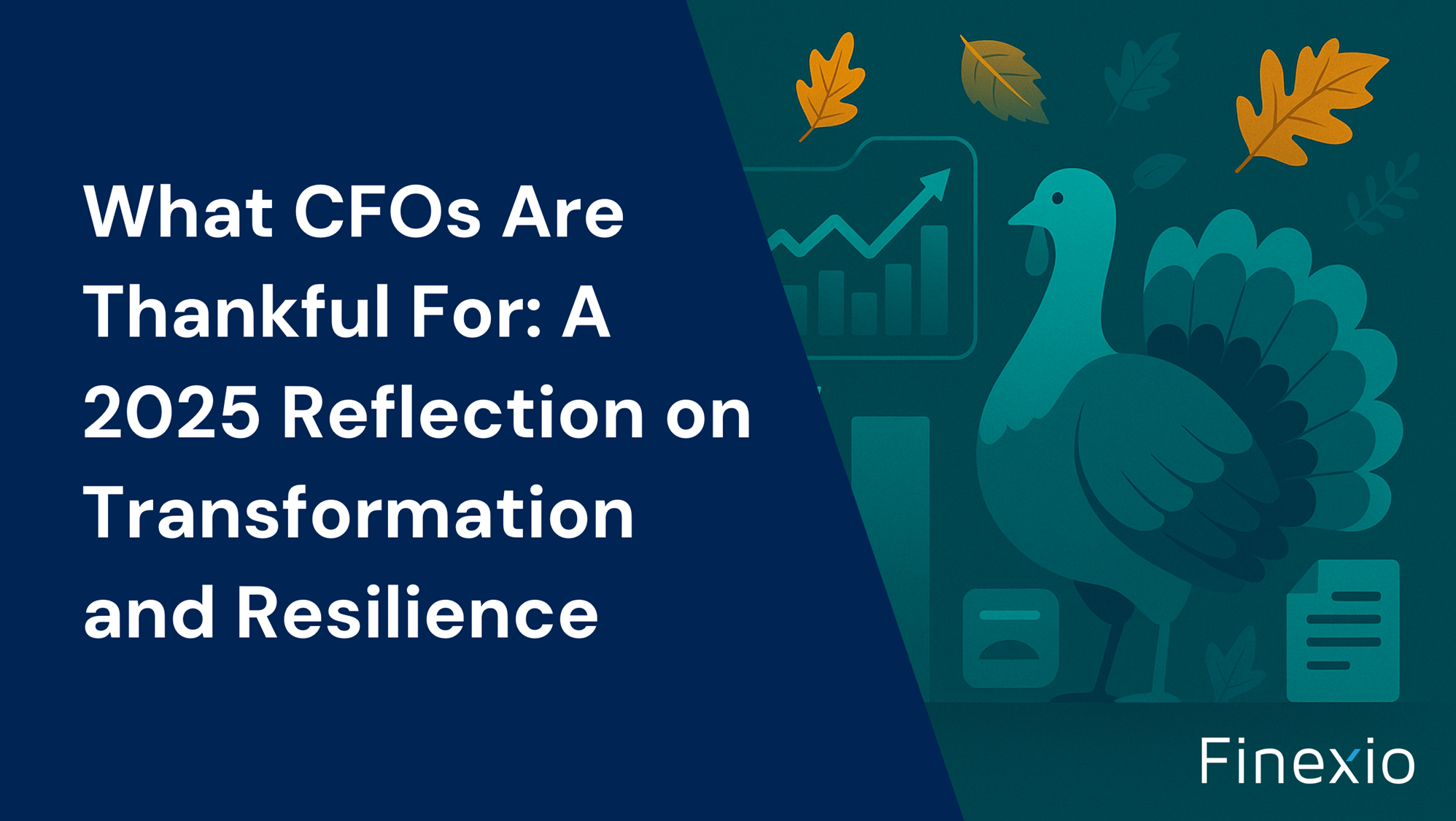Fighting the Wave of B2B Check Fraud


Mitigate fraud risk with smart payments
As relentless fraudsters continue to innovate, payments fraud hit a record high in 2018. 82% of organizations surveyed by the Association of Financial Professionals(AFP) reported actual or attempted fraud.
Criminals are moving up the corporate food chain, with larger corporates seeing increased fraud and smaller organizations, meanwhile, experiencing a decrease in fraud. Of companies that experienced a fraud incident, 43 percent incurred actual losses.
Although B2B paper check payments are declining, they’re still the most prevalent payment type, and are still the major vehicle through which criminals take aim at U.S. corporates.
70%: Amount of fraud perpetrated by check
By eliminating paper checks as a payment method, you can reduce fraud risk by adopting smarter payments methods such as virtual cards.
Fraud: The Latest Trends
Checks aren’t the only bad guy on the block when it comes to fraud. ACH debit and credit as well as wire transfers, experienced increases in fraud, primarily in connection with business email compromise scams.
Business email compromise scams rely on social engineering to trick employees and consumers into authorizing fraudulent payments. Social engineering, involving a series of techniques to manipulate people into disclosing confidential information, utilized in these types of scams, has continually become more robust and lethal to business’s privacy and security.
Of organizations that reported attempted or actual fraud, three-quarters occurred via check. Why? Checks are inherently less secure than other payment types, as their manual, human-error prone processes are the most susceptible to malicious activity.
Opportunities for fraud occur at multiple points in the issuing and payment cycle. Major contributors to check fraud in a B2B environment, include stolen check stock, lack of positive pay, lack of timely account reconciliation, internal fraud and clerical errors.
While companies of all sizes are vulnerable to check fraud, incidence of such frauds are moving upstream to larger companies as criminals look for bigger payoffs. These larger companies are typically slower to detect fraud, encumbered by size and the accompanying bureaucracy, giving criminals more room to operate and more targets to attack.
Criminals are becoming increasingly sophisticated, utilizing account takeovers, business email and phishing tactics to manipulate and take advantage of businesses. In fact, 50 percent of organizations affected by business email fraud report actual substantial losses.
While organizations want to decrease the risk of fraud, they also seek to speed up processing time through seamless, smart payment methods.
Decrease Fraud Risk With Virtual Cards
Shortening the payment cycle has the advantage of decreasing fraud risk, as it compresses the window between payment issuance and payment acceptance and thus shortening the window for fraud to occur. Removing identifying bank information deprives criminals of access to bank account numbers, further lowering the risk of fraud.
Leveraging existing card networks set up to repel fraud is another method that companies can use to reduce their fraud exposure. Initiating payments via APIs in real time serves to mitigate fraud while providing customers with more choice of service providers.
Virtual cards take advantage of all of these fraud mitigation methods, making them an ideal payment tool. Increased security associated with the single-use virtual cards helps increase security by:
- Avoiding physical cards and checks that can be lost, stolen or otherwise tampered with
- Working within controls set by the processing organization
- Limiting the payment amount
Through identification verification methods, virtual card networks can further ensure that only the designated receiver gains access to the payment. Within the designated organization, only authorized individuals can use the card and input it into the company’s accounts payable system, ensuring that it is deposited appropriately and securely.
Virtual cards provide further benefits, including the potential for payments rebates and discounts while reducing manual processes that can help create revenue where there were once only costs. This frees up your back office, saving valuable company resources and time, compounding the positive impacts of generated revenue.
Up Your Payments Game
Switching to a smart payment method such as virtual cards is an important first step in the war against fraud. Strategic partnerships with accounts payable payments experts such as Finexio can further enhance the implementation of these fraud mitigation efforts, leveraging their expertise and existing payments network to capitalize on all opportunities.
Affiliating with a partner that can work within your existing software and processes is critical to interface seamlessly with your current platform and tools, enabling efficiency, minimizing your effort and maximizing your returns.
You also want a long-term relationship with a market leader, as the fintech payments processing space is evolving rapidly. Value-added bill payments ecosystems such as Finexio’s offer many benefits for corporates and their suppliers beyond mitigating risks, such as cost savings, increased efficiency, enhanced effectiveness and improved supplier relationships.
i “2019 AFP Payments Fraud and Control Survey, Association of Financial Professionals, April 2019, , https://www.afponline.org/publications-data-tools/reports/survey-research-economic-data/Details/payments-fraud-2016
Get the free Newsletter
Get the latest information on all things related to B2B and electronic payments delivered straight to your inbox.




